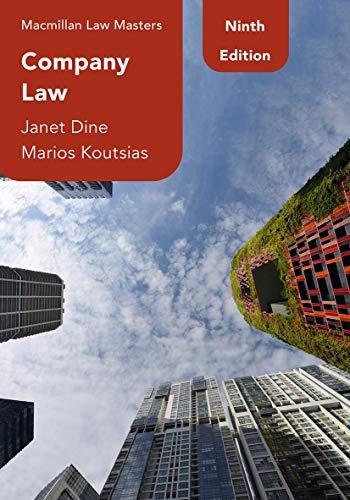Question
What is federalism? How does it divide governmental power? What is jurisdiction? How does it relate to the criminal justice system? What are two examples
What is federalism? How does it divide governmental power?
What is jurisdiction? How does it relate to the criminal justice system?
What are two examples of federal crimes?
What are two examples of federal law enforcement agencies?
What is the role of the legislative branch in the federal government?
What are the three branches of the federal government?
What government official is the head of the executive branch?
What are 3 examples of the system of checks and balances?
Why do federal judges have "life tenure?"
Why are federal judges called the "guardians of the Constitution?"
passage: The Structure of the Federal Government
Module 1 - Lesson 3
Learning Goal:
I can explain how the constitution limits the power of the federal government through our federalist system and the system of checks and balances.
Federalism
It is important for citizens to understand how legal jurisdiction works. Jurisdiction refers to the government's ability to exercise power over people. At any given time citizens are under the jurisdiction of multiple layers of government including federal (United States), state (Florida) and local (city and county). The criminal justice system is structured so that it is able to enforce the law at all of these different levels.
The US Government is a federalist system. This means governmental power is divided between a federal (national) government and state governments. Federal law applies all over the country, whereas state law applies only in each particular state. Federal crimes tend to involve behavior that crosses state lines or has nation-wide implications. Examples of federal crimes include treason, piracy, counterfeiting, and violations of securities laws ("white collar crimes"). In comparison, state crimes are more focused on localized criminal issues such as arson, robbery, murder, etc.
The Supremacy Clause in the US Constitution makes federal law "supreme" over state law. This means that if states pass laws that contradict federal law, those state laws will be invalid because federal law is superior.
Law enforcement agencies are structured to reflect our federalist government. There are some law enforcement agencies tasked with enforcing federal laws including the Federal Bureau of Investigations (FBI), US Immigrations and Customs Enforcement (ICE), and US Customs and Borders Protection. There are different law enforcement agencies tasked with enforcing state and local laws including police departments and sheriff's offices.
The court system in the United States is also structured to match our federalist system. There are federal courts, which hear cases arising from federal law, and state courts which hear cases arriving from state law.
There are some situations in which a single criminal act may violate both state and federal laws. In these situations a defendant may be charged and convicted under both state and federal law.
Checks and Balances
In addition to dividing power between the federal and state governments, governmental power is also divided into different branches in each.
The US Constitution divides the power of the federal government into three branches: legislative, executive, and judicial.
Legislative. This is the branch of government that writes the laws. The federal congress is bicameral which means it is divided into 2 parts: the House of Representatives and the Senate. Citizens elect representatives and senators to represent them in Congress. This gives citizens a voice in the lawmaking process through their representatives.
Executive. This is the branch of government that enforces the laws. The President of the United States is the head of the executive branch. The President is able to delegate (share) their power with agencies that work to enforce the laws.
Judicial. This is the branch of government that interprets the law. This occurs in our federal system of courts.
In addition to dividing governmental power into 3 separate branches, the Constitution also creates a system of checks and balances that allow each branch to limit the power of the others. This is meant to prevent any one branch of the government from becoming too powerful. For example, the President can be impeached for wrongdoings by Congress and is responsible for appointing justices to the US Supreme Court. The Supreme Court has the power of judicial review. This means the US Supreme Court can review laws passed by congress or executive actions and declare them unconstitutional.
Step by Step Solution
There are 3 Steps involved in it
Step: 1

Get Instant Access to Expert-Tailored Solutions
See step-by-step solutions with expert insights and AI powered tools for academic success
Step: 2

Step: 3

Ace Your Homework with AI
Get the answers you need in no time with our AI-driven, step-by-step assistance
Get Started


